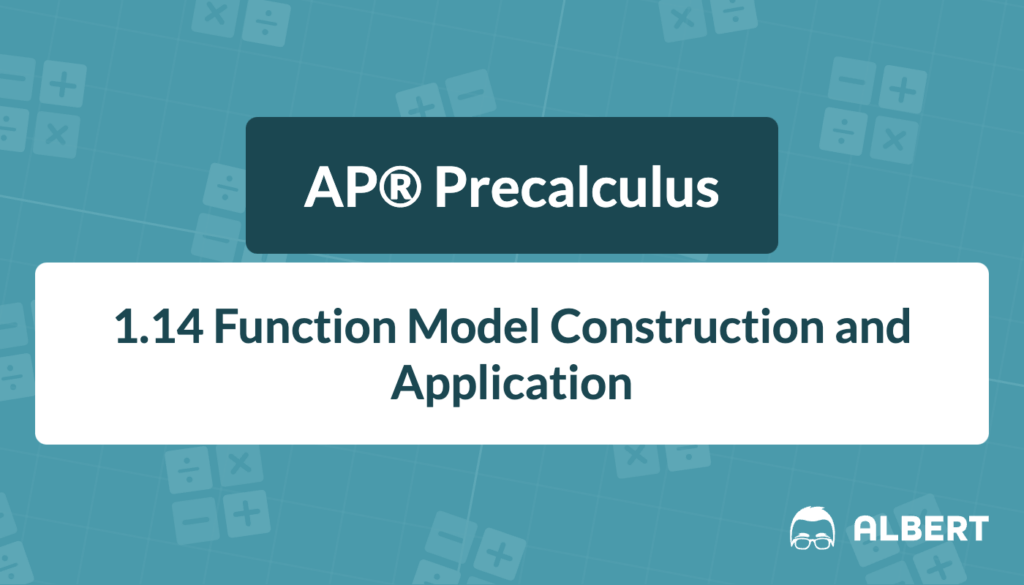What We Review
Introduction
Function model construction is a key topic in precalculus, especially when preparing to study 1.14 Function Model Construction and Application from the AP® Precalculus curriculum. It involves creating mathematical representations of real-world situations using functions. Mastering function models is essential as these tools help in predicting outcomes and solving various problems effectively. This guide will explore different types of function models and provide examples to illustrate each concept.
What is Function Model Construction?
A function model is a mathematical expression that describes relationships between variables, typically represented by equations. These models are crucial in fields like physics, engineering, and economics. For example, a budget model can represent both income and expenses to forecast financial health.
Example: Budget Model
A simple budget could be modeled with a linear function where the total expenses E depend on a fixed cost F and a variable cost V that changes with usage.
Equation: E = F + Vx
- E is the total expenses
- F is the fixed cost
- V is the variable cost per unit
- x is the number of units.
Types of Function Models in 1.14
Linear Function Model Construction
Definition and Characteristics: Linear function models are the simplest type of function models. They show a constant rate of change and can be described using a straight line on a graph.
Example: Simple Budget Model:
Let’s construct a budget where the fixed monthly subscription cost is \$30, and every additional service unit costs \$5.
- Fixed Cost, F = \$30
- Variable Cost, V = \$5 per service unit
- Total expenses equation: E = 30 + 5x
By substituting the number of service units, x = 10, into the equation: E = 30 + 5 \times 10 = 30 + 50 = 80. Hence, the total expenses are \$80.
Polynomial Function Model Construction
Definition and Characteristics: Polynomial function models involve equations with terms raised to various powers. We use them to model complex, non-linear relationships.
Example: Modeling a Projectile’s Height:
A projectile’s height h (in meters) over time t (in seconds) might be modeled with: h(t) = -4.9t^2 + vt + s where -4.9t^2 accounts for gravity, v is the initial velocity, and s is the initial height.
- Initial velocity, v = 20 m/s
- Initial height, s = 5 m
Substitute into the equation: h(t) = -4.9t^2 + 20t + 5. At t = 2 seconds: h(2) = -4.9(2)^2 + 20(2) + 5 = -19.6 + 40 + 5 = 25.4. The height at t = 2 seconds is 25.4 meters.
Piecewise-defined Function Model Construction
Definition and Examples:
These models use different functions for different parts of their domains. They are useful for modeling situations with distinct scenarios.
Example: Rideshare Fare Cost
Consider a rideshare service where:
- The first 5 miles cost \$2 per mile.
- Additional miles cost \$1.50 per mile.
The cost C as a function of miles m :
C(m) = \begin{cases} 2m, & \text{if } m \leq 5 \\ 10+ 1.50(m-5), &\text{if } m >5 \end{cases}For m = 8 , the cost is:
C(8) = 10 + 1.50 \times (8 - 5) = 10 + 4.50 = 14.50Thus, the cost for 8 miles is \$14.50 .
Rational Function Model Construction
Definition and When to Use Them: Rational function models involve ratios of polynomials and are used in situations like modeling forces or rates of change.
Example: Gravitational Force:
The force of gravity F between two bodies can be modeled as: F(r) = \frac{Gm_1m_2}{r^2} where G is the gravitational constant, m_1 and m_2 are masses, and r is the separation distance.
- G = 6.674 \times 10^{-11} N(m/kg)(^2)
- m_1 = 5.98 \times 10^{24} kg
- m_2 = 7.35 \times 10^{22} kg
- r = 3.84 \times 10^{8} m
Using Technology for Function Model Construction
In modern problem-solving, data sets and regression analysis play a vital role. Technology tools like spreadsheets and graphing calculators enhance model accuracy through regression techniques.
Example: Using a Spreadsheet for Linear Regression
Input actual data points into a spreadsheet to fit a line of best fit and analyze predictions. For example, suppose you have the following data for units sold (x) and revenue (y):
| Units Sold (x) | Revenue (y) |
|---|---|
| 100 | 5000 |
| 200 | 10000 |
| 300 | 15000 |
- Enter the data into the spreadsheet, with units sold in one column and revenue in another.
- Use the regression or “trendline” function to calculate the equation of the line of best fit. The spreadsheet might return: y=50x
This means the slope (50) represents the revenue per unit sold.
The spreadsheet also provides tools to calculate residuals (the difference between actual and predicted values), allowing you to assess model accuracy.
Use the model to make predictions. For example, if x = 400 units, the predicted revenue is: y = 50(400) = 20000
By leveraging technology, you can not only create accurate models but also interpret errors and refine predictions to guide decision-making.
Applying Function Models
Function models allow solutions for practical questions by analyzing the relationships they represent. Distinguishing between different units of measure ensures meaningful conclusions.
Example: Predicting Revenue Based on Sales Data
If sales data for a company provides units sold and revenue per unit, construct a linear function to predict future revenue, where the slope indicates revenue change per unit sold.
Suppose the company sells 100 units at $50 each, generating $5,000 in revenue. If sales increase to 200 units, the revenue rises to $10,000. The relationship between units sold (x) and total revenue (y) can be modeled by the linear function:
y=50x…where 50 represents the revenue per unit (the slope). Using this function:
- If 300 units are sold (x = 300), the predicted revenue is y = 50(300) = 15,000.
- If 400 units are sold (x = 400), the predicted revenue is y = 50(400) = 20,000.
This model helps the company estimate future revenue based on sales trends, provided the revenue per unit remains constant.
Quick Reference Chart: Vocabulary and Definitions
| Term | Definition |
| Linear Function Model | A model with a constant rate of change, forming a straight line. |
| Polynomial Function Model | An equation with terms raised to various powers for complex relationships. |
| Piecewise-defined Function | A model using different functions for different parts of its domain. |
| Rational Function Model | A model involving the ratio of polynomials for specific scenarios. |
Conclusion
Understanding and constructing function models is a core skill in precalculus. Practice with sample problems from 1.14 Function Model Construction and Application to enhance these skills. Exploring resources and discussing with peers can further deepen understanding. Embrace this journey into function models with confidence!
Sharpen Your Skills for AP® Precalculus
Are you preparing for the AP® Precalculus exam? We’ve got you covered! Try our review articles designed to help you confidently tackle real-world math problems. You’ll find everything you need to succeed, from quick tips to detailed strategies. Start exploring now!
- 1.13.A Function Model Selection and Assumption Articulation
- 1.13.B Function Model Selection and Assumption Articulation
- 2.1.A Change in Arithmetic and Geometric Sequences
Need help preparing for your AP® Precalculus exam?
Albert has hundreds of AP® Precalculus practice questions, free responses, and an AP® Precalculus practice test to try out.









